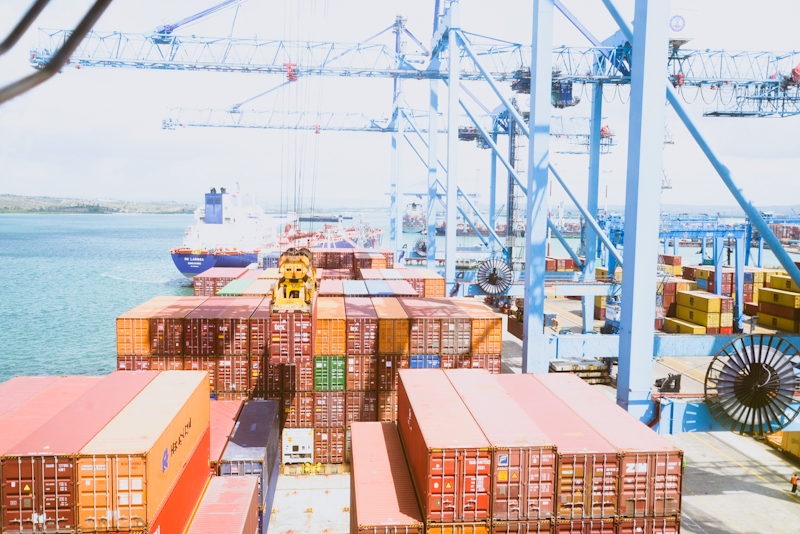Activity in Kenya’s private sector accelerated to a ten-month high in November despite a steady rise in input costs, showed Markit Stanbic Bank Kenya Purchasing Managers’ Index (PMI).
The PMI reading was at 53.0 in November up from 51.4 in October to a ten-month high, signalling a solid upturn in the health of the private sector economy.
Readings above 50.0 signal an improvement in business conditions on the previous month, while readings below 50.0 show a deterioration.
During the month, the resurgence of growth across the private sector economy witnessed an increase in demand at the fastest rate since May through the lifting of the 10 pm to 4 am curfew. Stronger rises in output and new orders contributed to the fastest uplift in employment for two years, which helped firms to reduce their backlogs.
“Domestic demand increased rapidly in response to the lifting of the curfew, with the main beneficiaries being firms in services, trade and construction. Firms, in turn, increased their output significantly to meet the rising demand ahead of the festive period, resulting in the first reduction in work backlogs in the past 5 months,” Stanbic Bank’s fixed income and currency strategist, Kuria Kamau said.
Despite a solid improvement in business conditions, output forecasts remained subdued in November, with just over a quarter of firms expecting activity to rise over the coming year.
“Additionally, the 1-year outlook as reported by firms continues to remain near historical lows despite a slight improvement in November,” Kuria adds.
Similarly, the Central Bank of Kenya’s (CBK) Market Perceptions Survey for November revealed the highest level of optimism about economic growth prospects since March 2021.
“Optimism in the country’s economic prospects increased, supported by expected economic recovery and growth, but COVID-19 uncertainties remain,” part of the findings state.
“Risks to private sector credit growth cited by respondents included credit risks due to COVID-19 (45 per cent respondents), general slowdown occasioned by Covid-19 infections likely to lead to a decline in credit support to certain sectors (30 per cent respondents), and possible effects of the suspension of CRB listing (23 per cent respondents).




